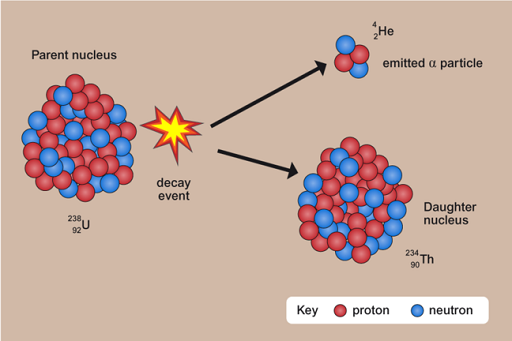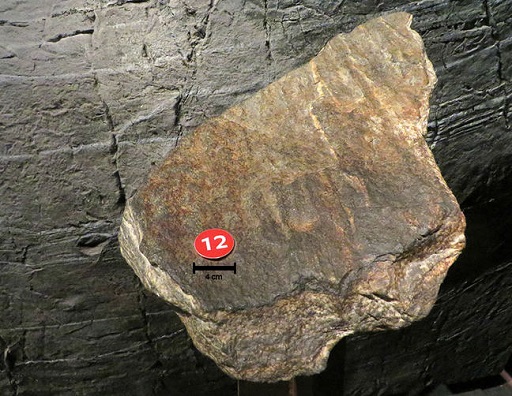1.8.2 Absolute dating
The other sort of dating is absolute dating. This tells us a numerical age for the rocks, usually based on the radioactive decay of isotopes within the rock. Radioactive isotopes decay at a very regular rate, called the half-life. By measuring the amounts of the original parent and new daughter isotopes in a rock, the age of the rock can be determined. This only works for rocks that contain the right sort of isotopes.
Few of the rocks on the surface of the Earth are anywhere near as old as the Earth is. In fact, it’s really difficult to get an idea of how old the Earth is from dating Earth rocks, as rocks that are old enough are so incredibly hard to find (like the ~4 billion year old Acasta gneiss, pictured).
To get an idea of the age of the Earth, we date specific meteorites, which are left over from the formation of the solar system. Difficulty arises because the surface of the Earth is constantly churned up and reworked by a process known as ‘plate tectonics’.


